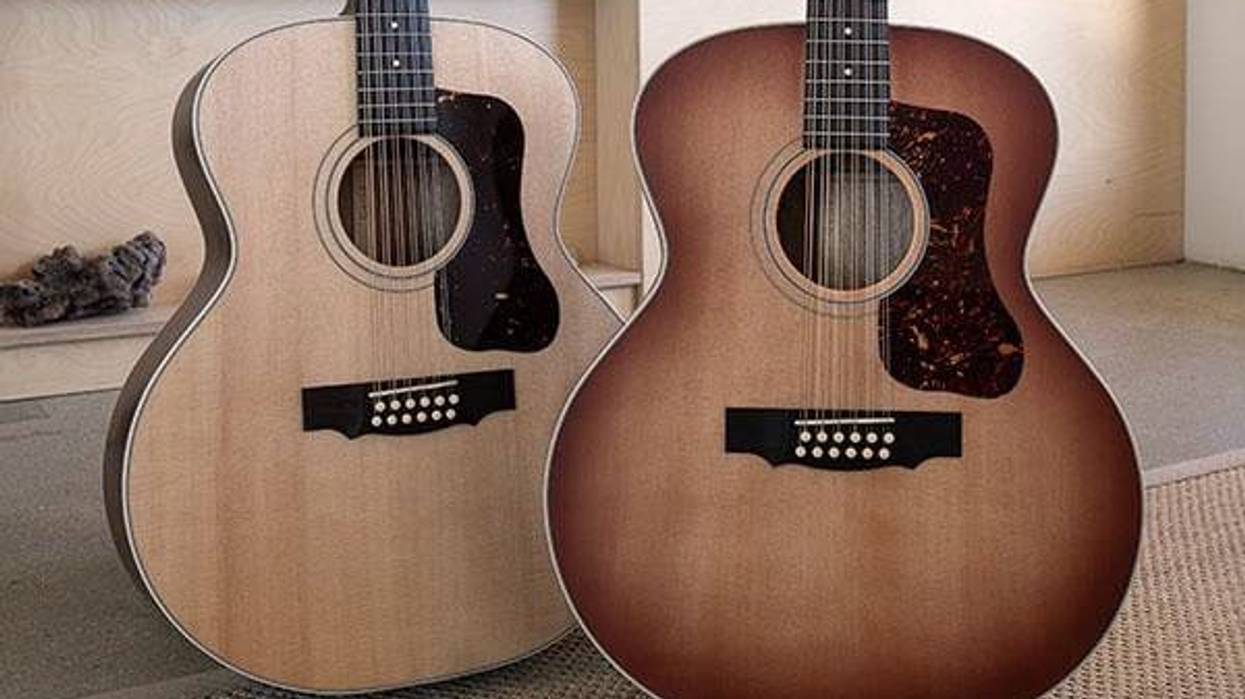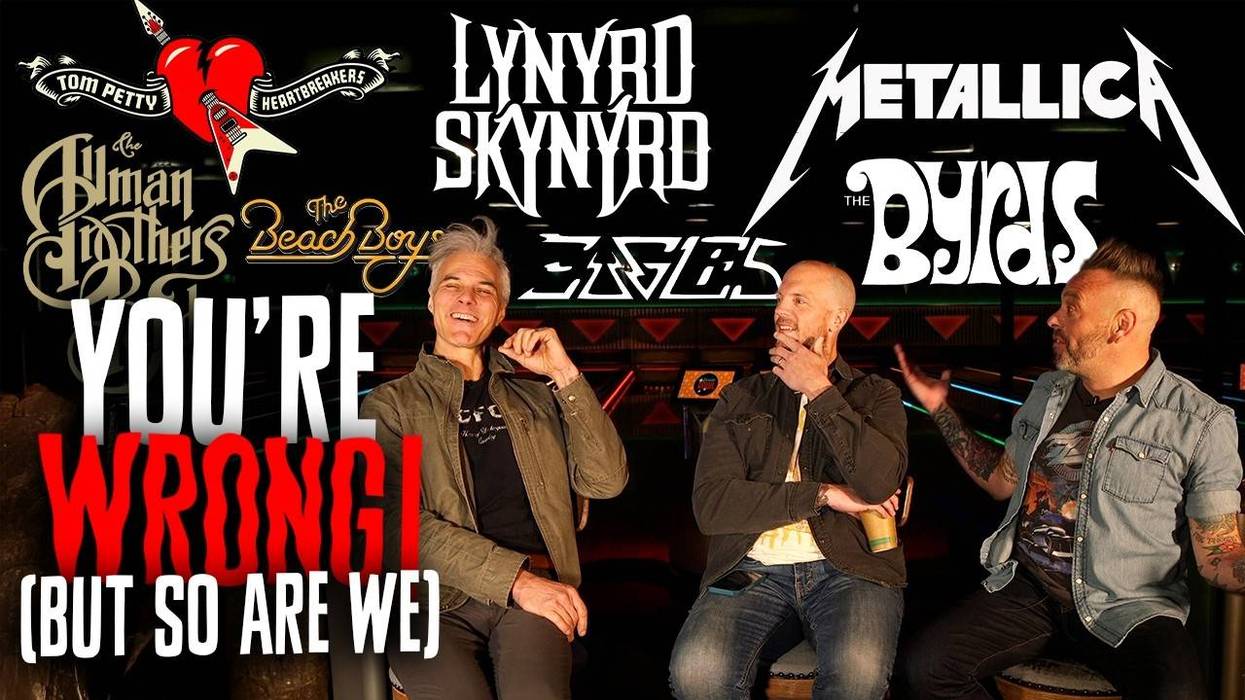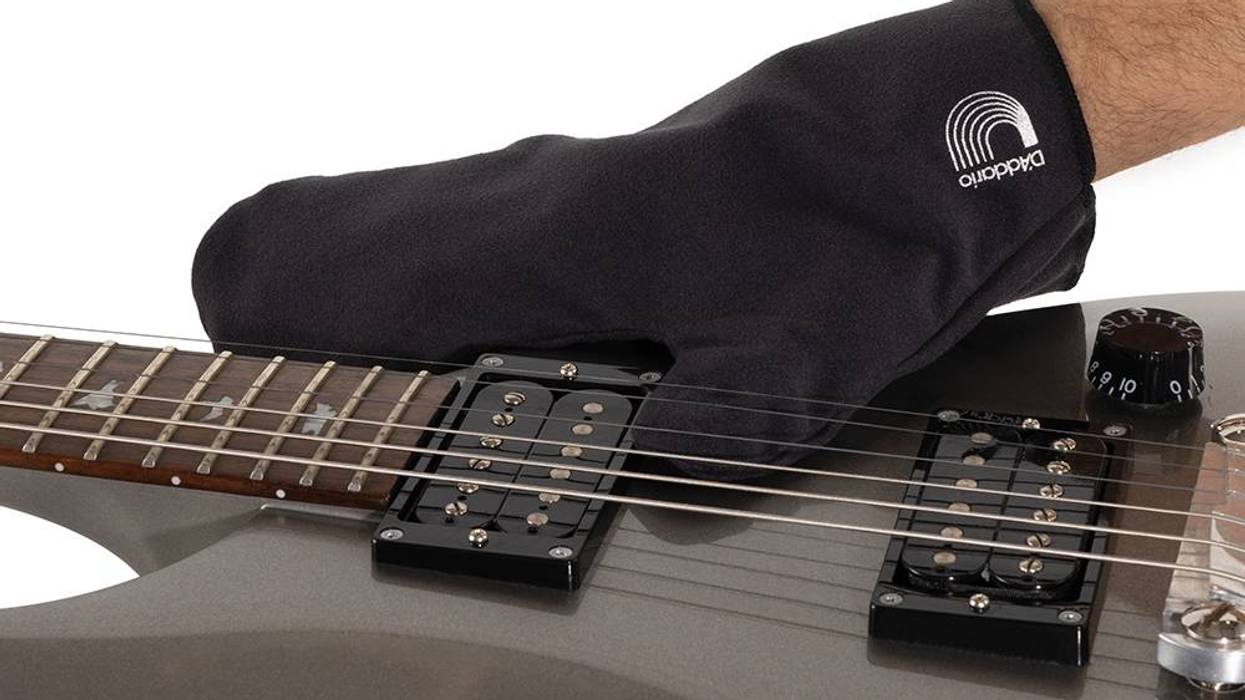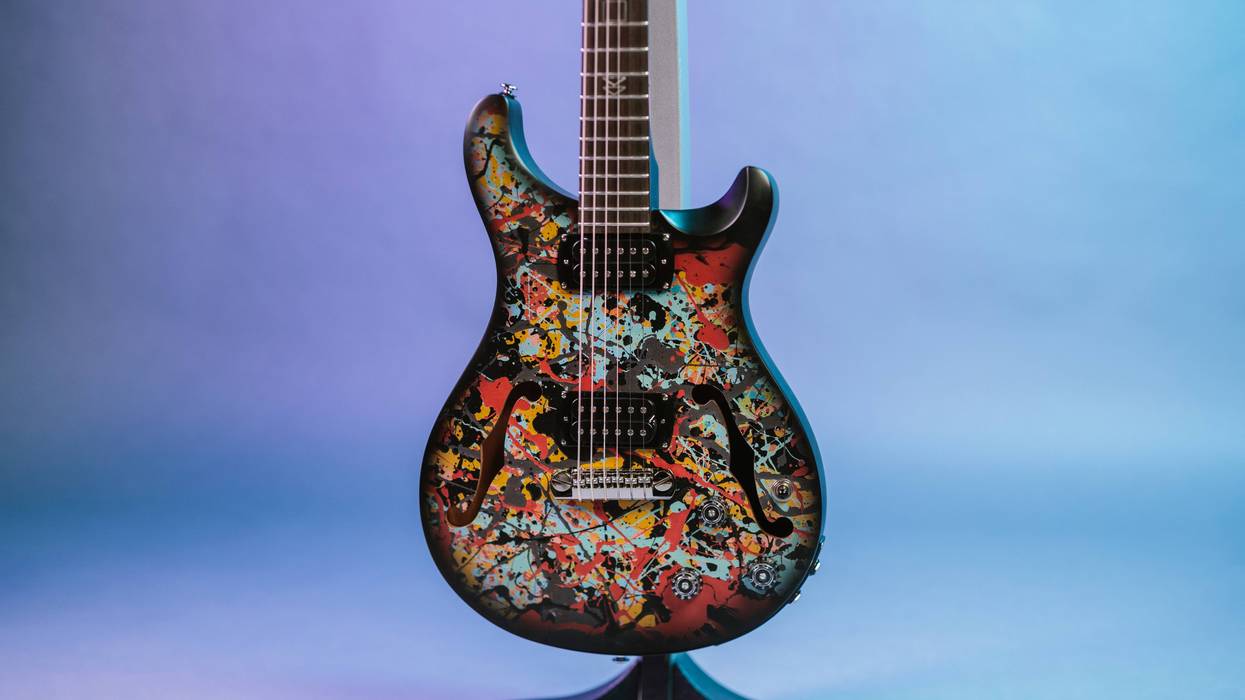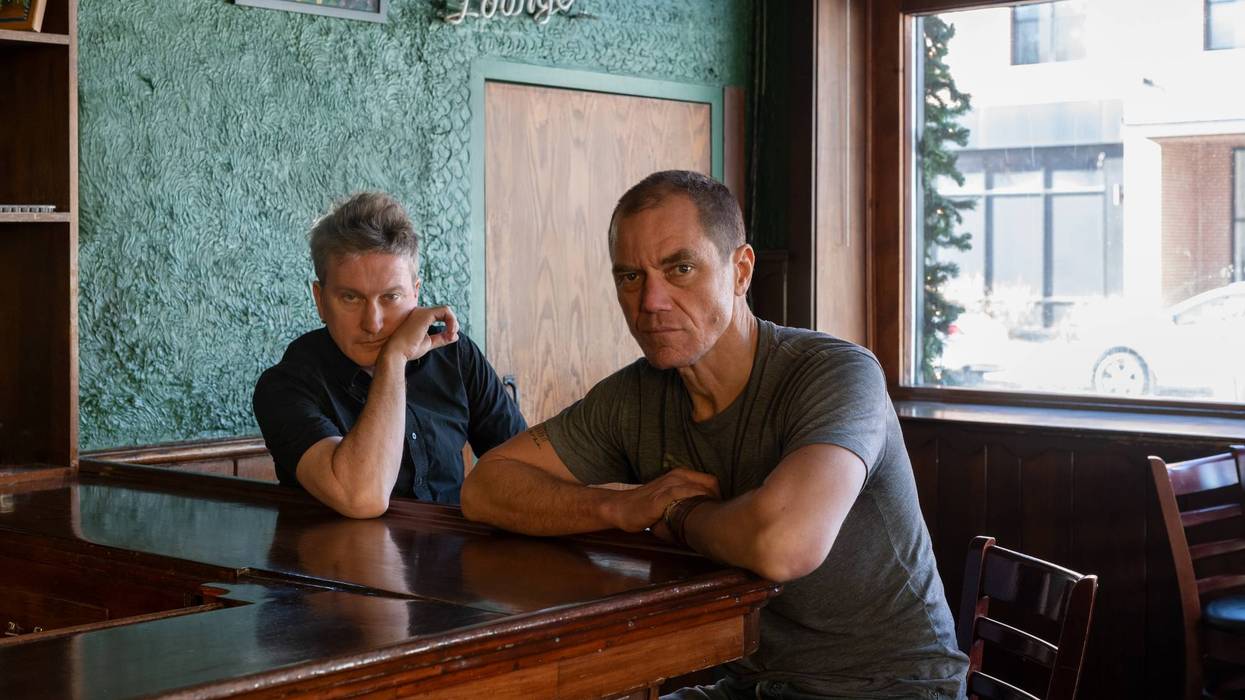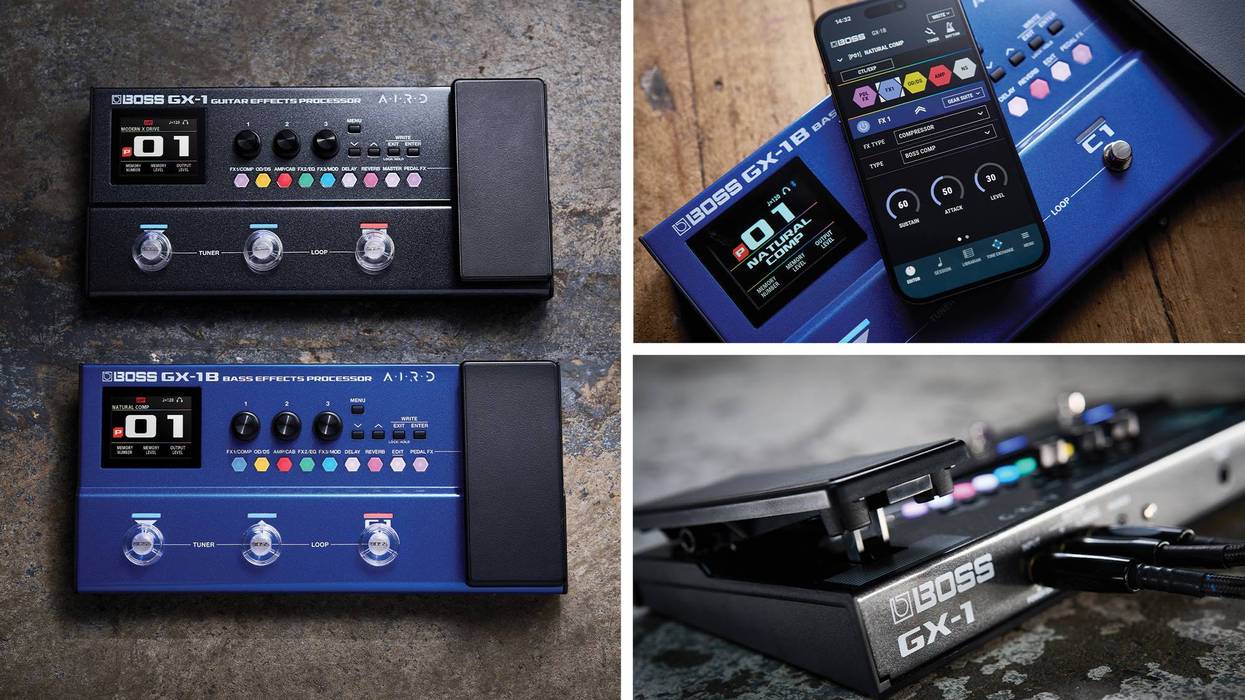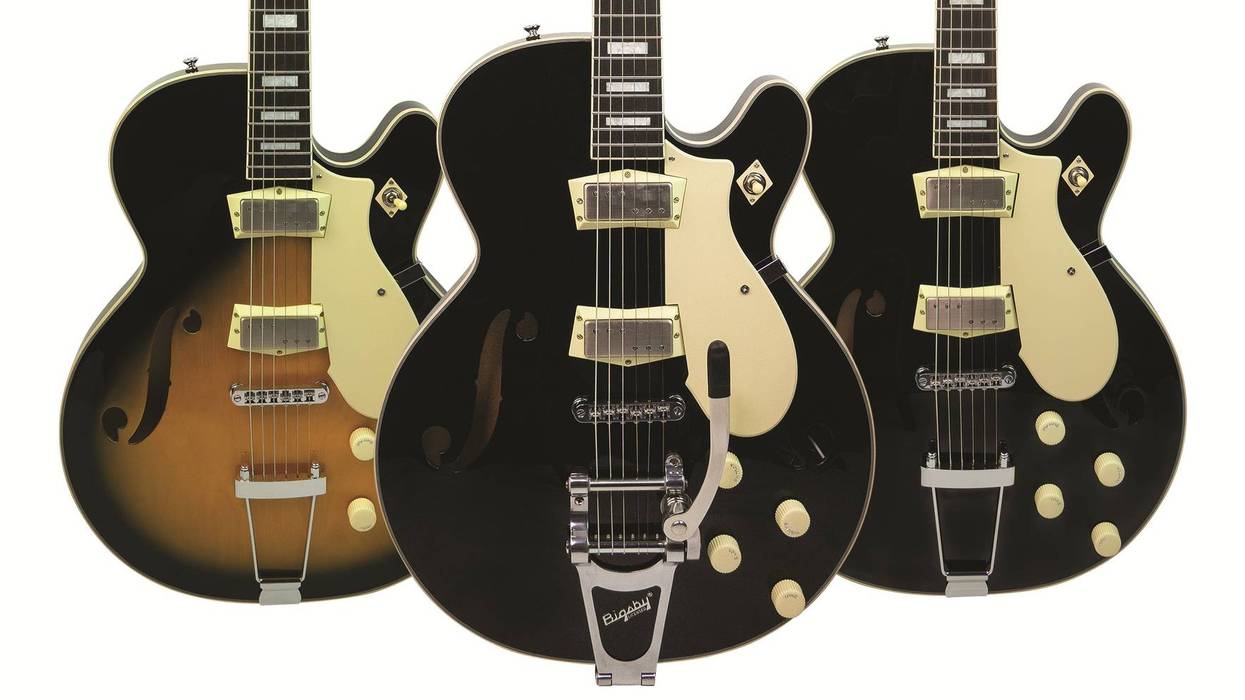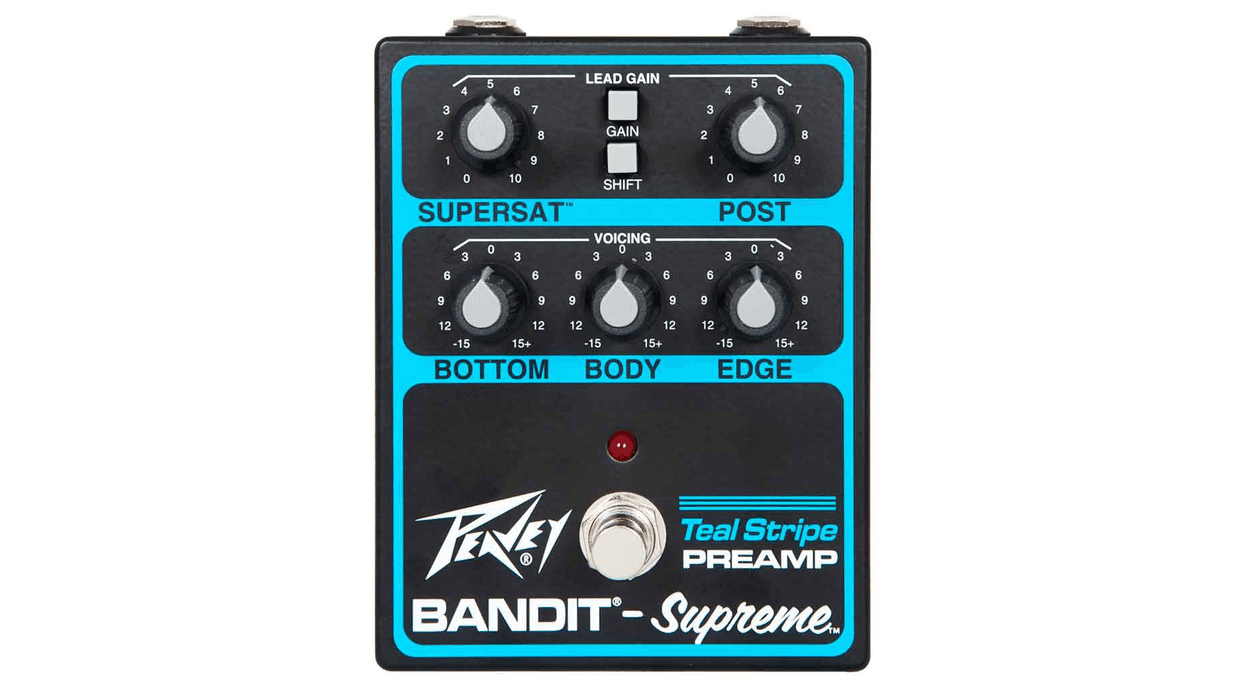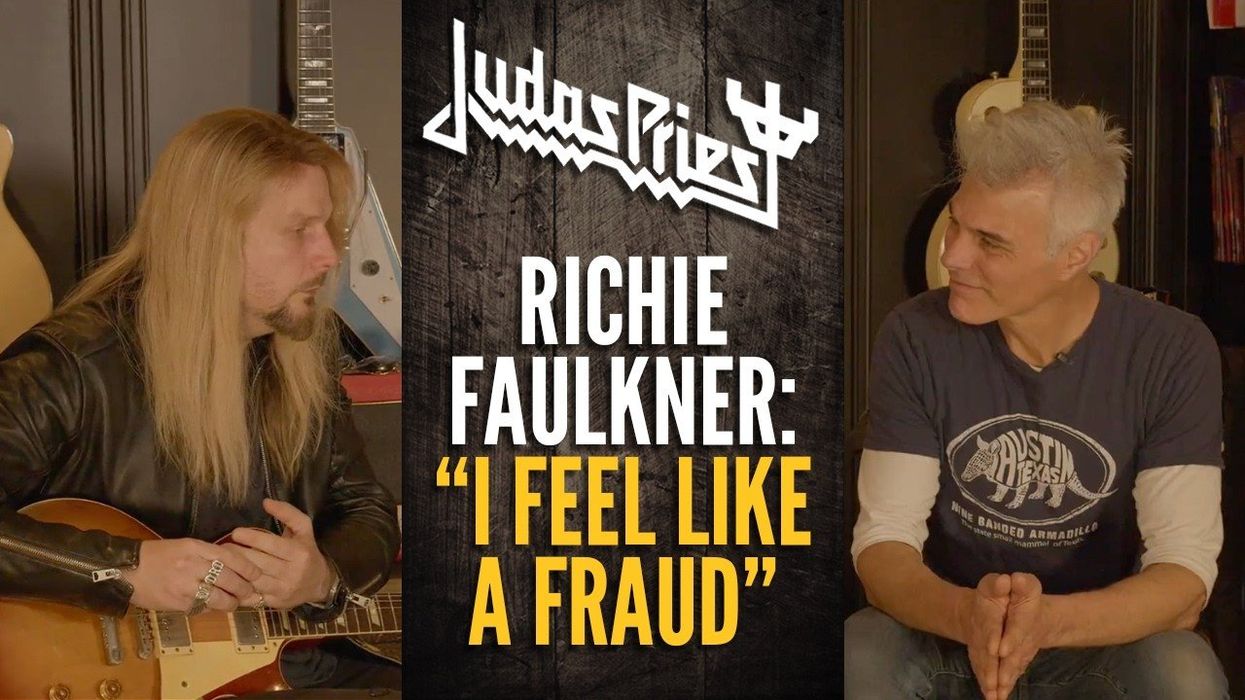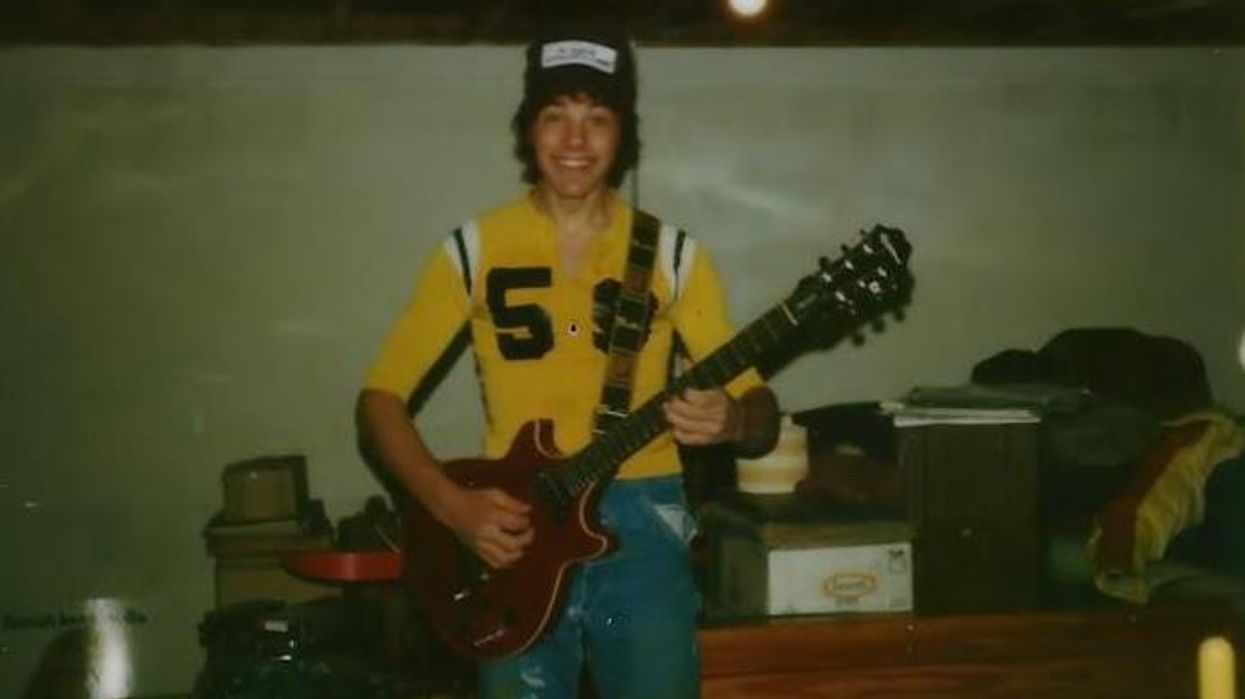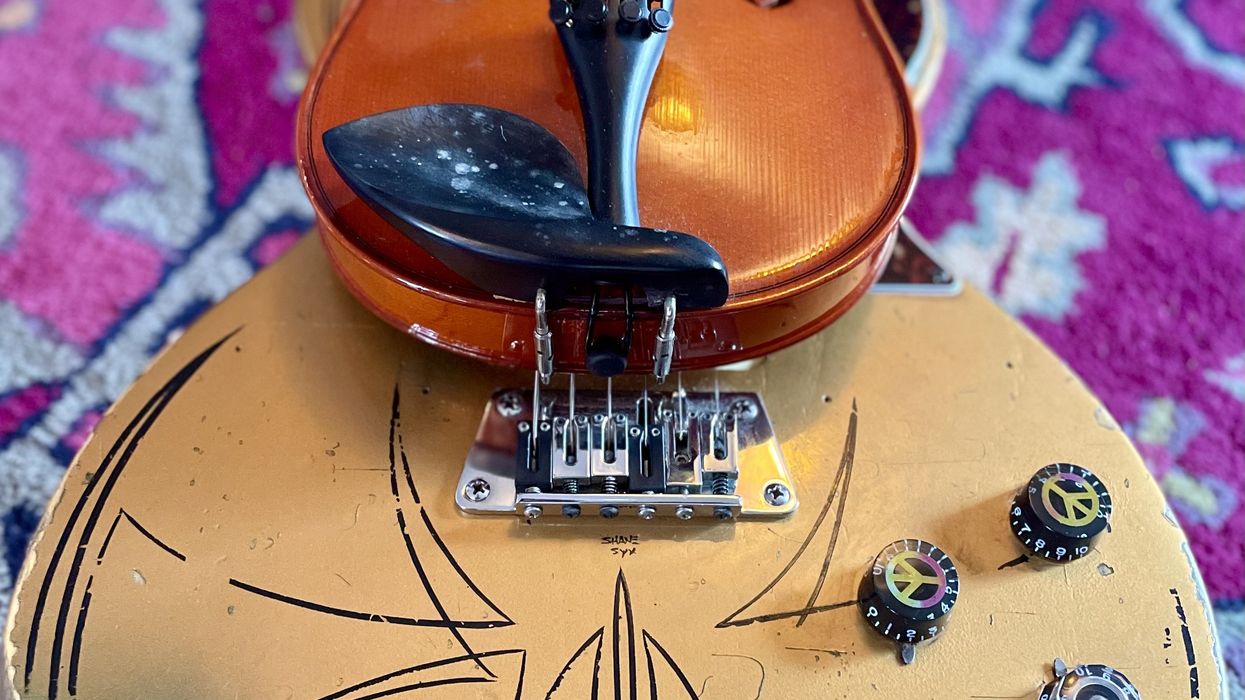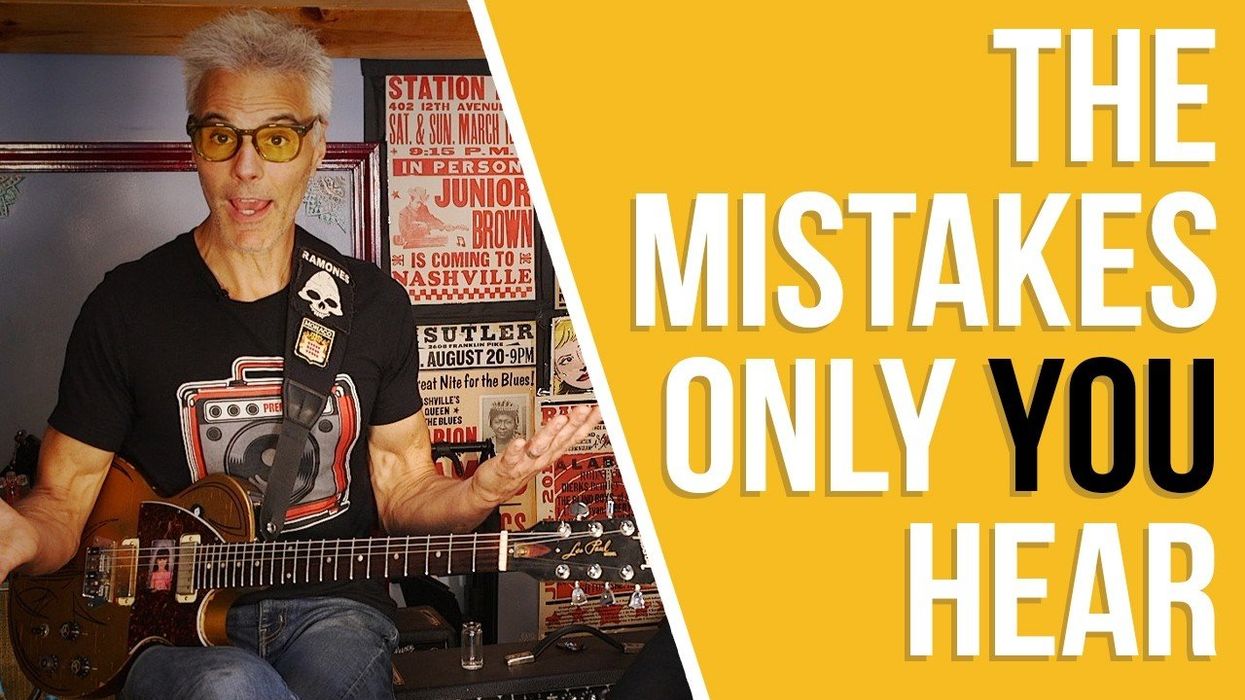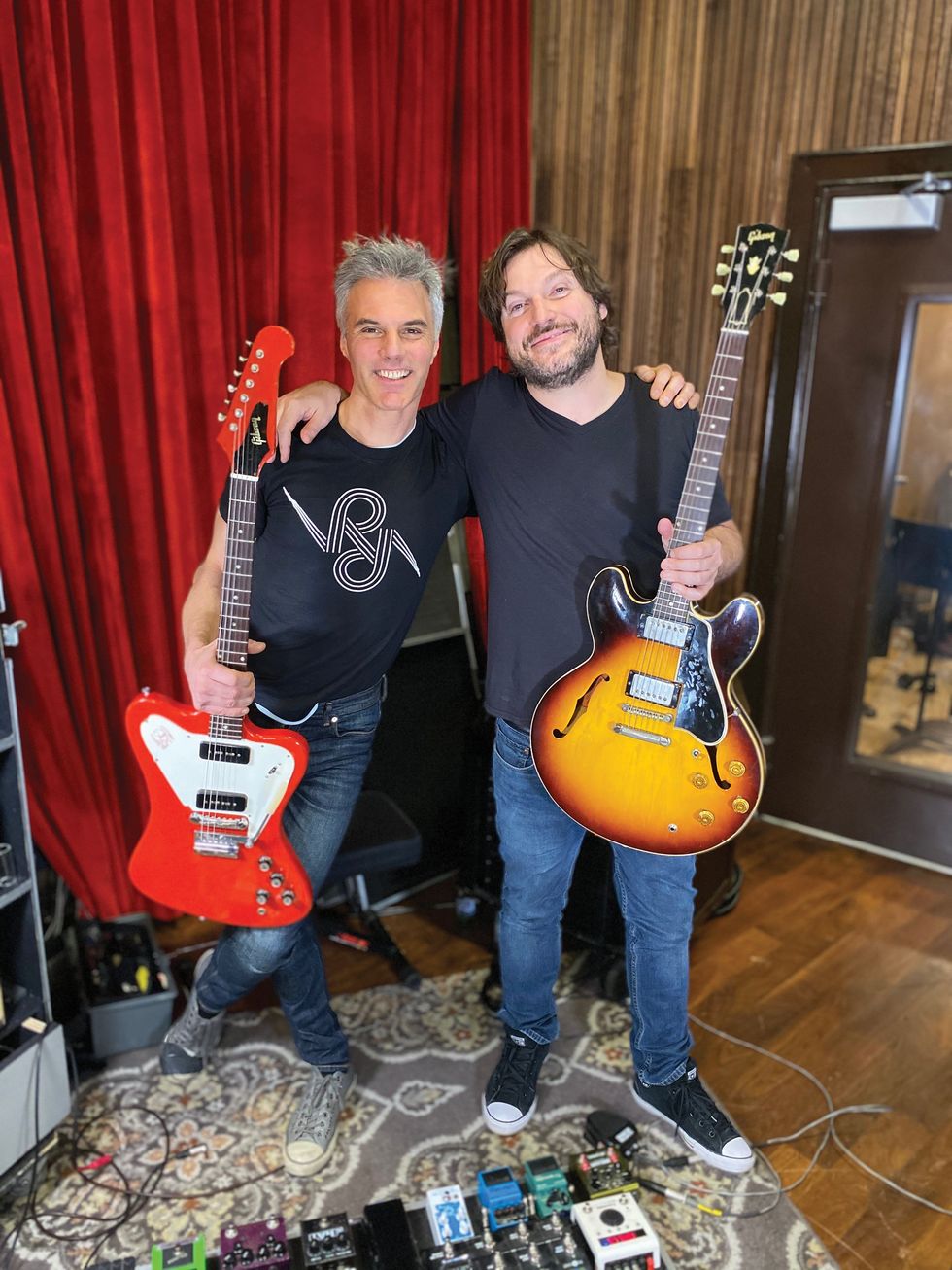About eight months ago, I was listening to a lot of podcasts for musicians. I realized there’s an absolute plethora of podcasts for drummers and guitarists out there, where incredibly valuable information and enthralling stories are being shared.
Another thought I had around the same time was the amount of bass magazines available when I was in my late teens and early 20s. It seemed they all had either a famous “solo” bassist on the cover who made mostly instrumental albums, or a bassist from whatever band was selling huge amounts of albums at the time, even if the band’s bassist wasn’t necessarily a great player. Both these approaches obviously sold magazines and provided readers with valuable and helpful information about some of the highest-profile players in the business, but not the specific kind of player I was curious about.
My curiosity was focused on the type of player that backs up the biggest-selling touring acts in the world, but was essentially unknown compared to the superstar they were playing for in many cases. These superstars could afford any player they wanted, but they chose and continue to choose players many people have never heard of. My column has given me a tremendous forum to shine a light on some of these bassists, but due to space limitations, I’m not always able to include everything I’d like to when I’m analyzing these players.
These are the reasons it felt natural to start my podcast—called The Lowdown Society—as a platform for me to continue to learn and exchange ideas with some of my good friends and colleagues in the industry. And for you, the PG audience, to have a place to get more information about these often-unsung heroes. I doubt many of you have heard the names Amos Heller, Eva Gardner, or Sean Hurley (unless you’re an avid reader of this column with a world-class memory). They were among my first guests on the podcast and have handled the bass duties for Taylor Swift, P!nk, and John Mayer, respectively. And these are consistent, top-grossing tours where these players get called back year after year. So, I figured I would share a few nuggets of wisdom culled from the podcasts so far, and start with a question Amos Heller said was more important than the question about how he got his gig in the first place: How do you keep a gig at this level?
Heller explained that following Taylor Swift’s quickly changing musical vision is the key element to keeping his gig. His exact words: “Not without growing pains have I learned that you just say ‘yes’ to anything and everything you can until it completely leaves your ability to do it.” One case-in-point example is Swift’s last tour, where throughout it, she invited fellow superstars from many different genres to do a song with her during the show. This meant the band was tasked to learn a new song and replicate an arrangement that was often a blend of the recorded version and the guest artist’s current live version—on a daily basis. That is trial by fire on a high level and certainly demanded a great deal of Swift’s entire band.
Eva Gardner said versatility and being able to learn and expand your skill set while on the gig to keep up with the artist’s growth and changing needs has been crucial for her. And she gave several examples. Though her preferred weapon of choice is a Fender P, she’s delved into synth bass and upright bass more with P!nk. Gardner got herself some piano lessons while on the gig to up her synth-bass ante in a short amount of time. A few weeks ago, at the CMA Awards in Nashville, Eva performed a beautiful bowed part on upright for a largely acoustic version of “Barbies” to fit the more organic nature of the awards show. Adaptability and growth on display!
Sean Hurley, John Mayer’s bassist until recently, shared his hottest tone secret in episode 4. He feels the need to really bring his tone to the gig, unless the artist specifies something different. Flatwounds on a vintage P bass is the sound for him, and he had his light-bulb moment when he put on a set of .043–.104s, a not-so-common set of gauges. And the very first thing he has to do is put Vaseline on a cloth and rub it a few times up and down each string to put “about a thousand gigs” on the strings. Hurley claims that brand-new flatwounds are “such a contradiction.” Considering the tone he gets on every album he plays on, I’m trying this tip immediately.
I plan on bringing revelations from these mammoths of the sideman world to this column for those of you who don’t have the time to listen to entire episodes. And you know what? I’m excited to keep learning from these players alongside all of you.




